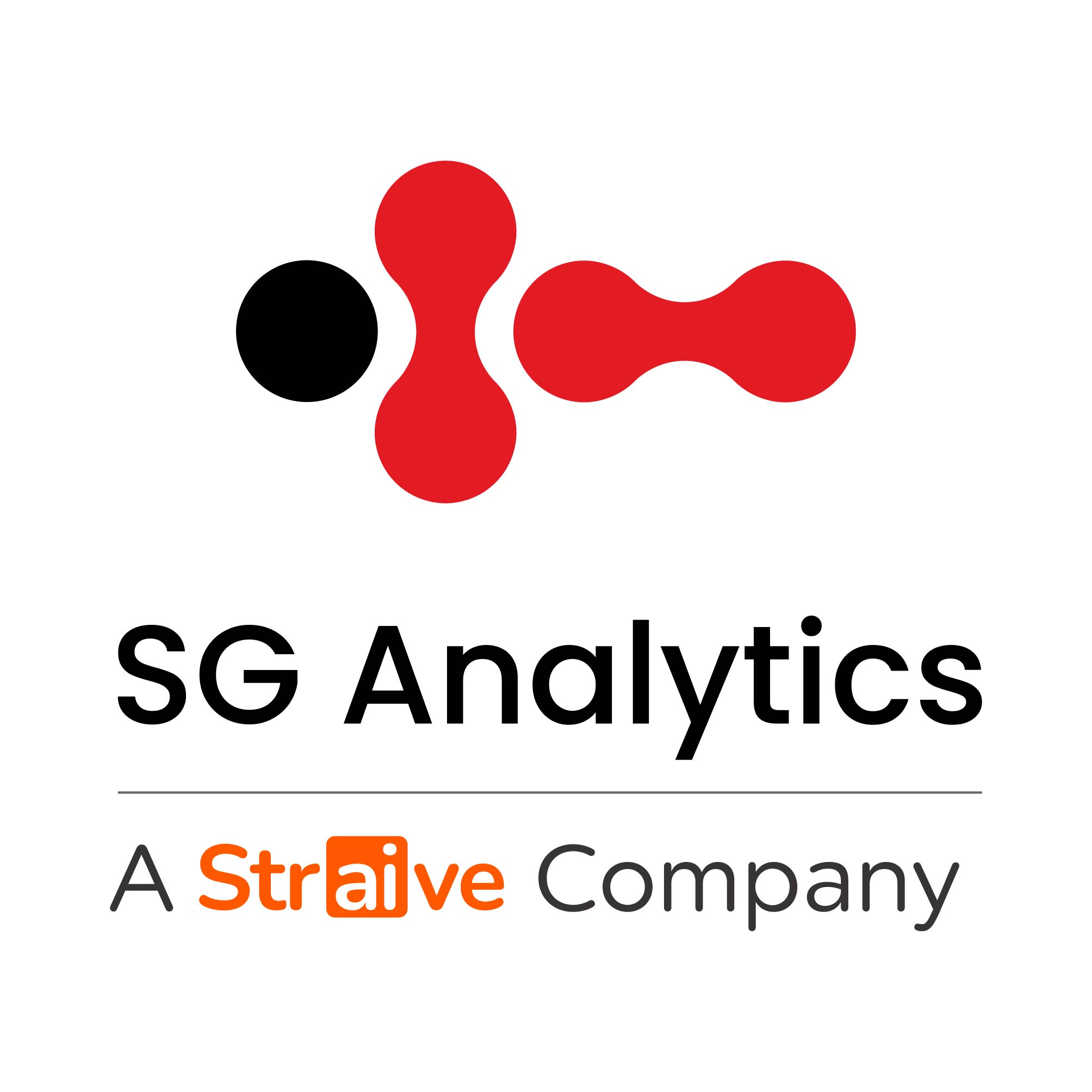Several organizations are in the midst of adopting digital transformation. The rapid increase in the quantity of data and its consistent production, has created the need to focus on improving the process of data analytics.
Having said that, there’s an emerging challenge at hand: the efficient and deviceful use of data is achievable when the capabilities as well as the operationalization of data management & analytics are ensured. Various companies are following the approach of ‘the more the data the better’ but aren’t able to fully leverage its benefits due to lack of advanced data analytics capabilities.
In addition, since the introduction of GDPR in 2018, businesses are now concentrating their focus on data protection regulations as well. In this huge pool of information, organizations want to manage data in such a way that it not only complies with data regulation policies but also facilitates the improvement of business processes.
BI practitioners have identified the following three trends as the most important trends in their everyday work:
1. Master Data/Data quality management
2. Data discovery & visualization
3. A data-driven culture
Important BI trends that have taken precedence in 2020
1. Data Discovery
More than a tool, it is a process that businesses utilize to detect patterns and outliers by navigating through data visually or through advanced analytics tools. Such a process is called data discovery. The process can be broken down into 3 categories – data preparation, visual analysis and guided advanced analytics. Expert data scientists have the required skills to accurately understand data relationships and modeling combined with advanced data analytics to uncover valuable insights.
Data discovery is one of the hottest BI trends currently. According to BI survey (BARC), 80% of the companies will depend on Business Intelligence tools to implement data discovery use cases in the coming years. Being considered as the future “oil”, the data-driven approach goes beyond traditional monitoring and reporting of a company’s performance.
2. Master Data/Data quality management
Being equipped with the correct data quality processes enables an organization to make the right decisions and assure growth. According to a report by BI survey (BARC), organizations have consistently struggled to maintain high quality data. The situation has worsened due to an exponential hike in interwovenness of data sources. Also, in today’s fast-paced digital world, where data is at the core of all processes, there is an increase in the pressure to ensure that the quality of data is high.
According to IBM, in the United States alone, organizations lose $3.1 trillion each year due to poor quality data. Data quality management is an essential process that amalgamates technology, individuals, process and company culture that facilitates the delivery of accurate and meaningful data. DQM also improves the framework of data governance and imposes data standardization.
3. Self-Service BI
Big data analytics requires the intervention of professional data scientists since the analysis process is quite complex. The arrival of SSBI (self-service BI) has changed the landscape of data analytics. Since the last few years, businesses have been putting SSBI on their wish list as it has become increasingly difficult to understand and work on rigid BI analytics tools. Additionally, hiring data scientists to do the analysis work can also result in operational cost inflation.
According to BARC BI Trend Monitor, self-service BI continues to be a top priority for businesses as the service enables them to handle business intelligence tasks on their own without the intervention of data scientists or IT teams. Going forward, self-service BI is expected to generate more analytics than expert data scientists. This highlights the importance of self-service BI.
4. Data Governance
Besides helping in realizing value from the data and information stored within the business, Data Governance also ensures security and compliance. With appropriate deployment of people, processes, and technologies, the goal of data governance is to guarantee correct, understandable, trustworthy, complete, discoverable, and secure data to enable efficient business decisions. According to a report by BI Survey, 65% of businesses highly rate data governance (BARC).
5. Data Storytelling
Undoubtedly, data storytelling is becoming a norm. The goal of business intelligence processes is to provide valuable insights that guide businesses to make efficient decisions. However, extraction of these insights is easier said than done. The metamorphosis of data requires professional data analysts who have the capability to derive value from the data.
Data storytelling is one of business intelligence’s latest trends that adds context to statistics by providing details that put information into actions. What is the point of having a business intelligence platform if one is not able to interpret meaningful insights? Businesses are realizing that complete value from BI dashboards is derived when the visualized data is combined with context and interpretation.
6. Embedded Analytics
One of the top business intelligence future trends – embedded analytics integrates analytics capabilities in the natural workflow of a user by eliminating the need to toggle across various screens for accessing performance reports or analysis. Additionally, certain KPI-led results are notified thorough pop-up alerts, making it easier to grab the user’s attention.
Since businesses across the world are increasingly adopting remote working and cloud computing, the platform for the growth of embedded analytics is already set. Embedded analytics has huge potential in helping decision makers reduce their costs and increase customer/user satisfaction.
7. Voice-activated assistants in BI
Organizations are consistently showing interest in business intelligence technology applications and trends as voice-activated assistants slowly become one of the prominent features of top BI tools and platforms. Many a times, startups and small business owners have to access BI & data visualization dashboards, benchmark reports and visual workflows manually. However, with NLP and AI at their disposal, modern BI tools are now equipped with voice-activated digital assistants that facilitate the simplification of BI process. In addition to this, the digital assistants can also transcribe voice and convert it into reliable data which can be further used for analysis.
8. Intelligent Automation
According to Gartner, by 2020 more than 40% of data science tasks would be automated. In today’s competitive environment, businesses understand the need for data-driven decision making. In the coming years, intelligent automation would be the way for companies that wish to achieve success through technological advancements. Focus on enhancement of AI & ML capabilities will increase.
Automation of tasks such as data collection from various sources, analysis and report generation through BI platforms also gives rise to self-service BI. Businesses are also looking forward to adapt a data-driven culture. In the future, a data-driven culture will be a pre-requisite for all companies.
Conclusion
As BI paves the way for formulating more efficient business strategies, organizations look forward to promptly adopt the latest BI trends. With the advent of emerging technologies such as AI, ML and NLP, the BI landscape is shifting rapidly. Businesses must utilize robust business intelligence tools to remain relevant and competitive.

